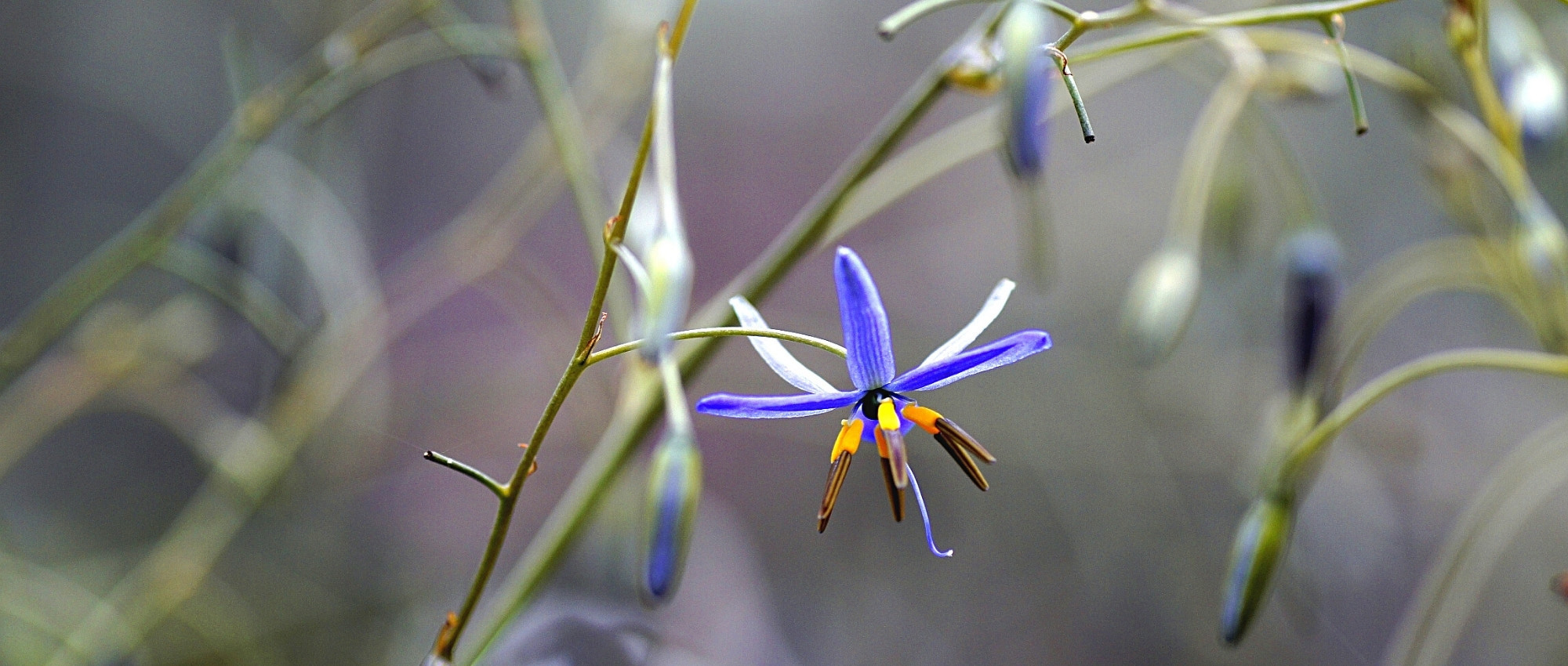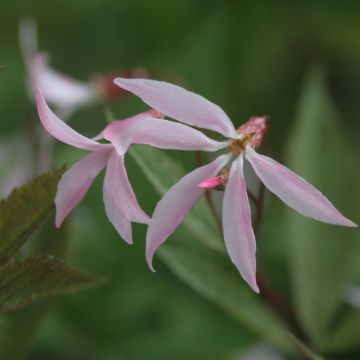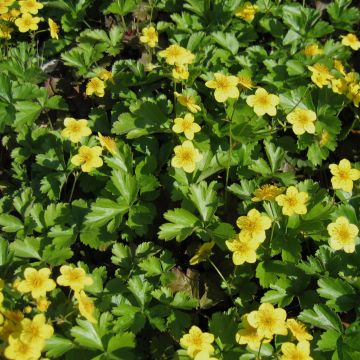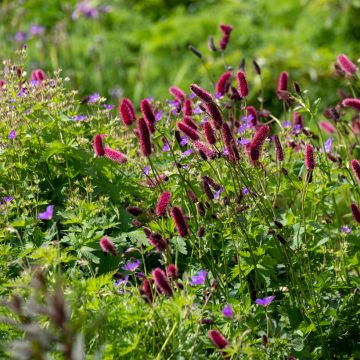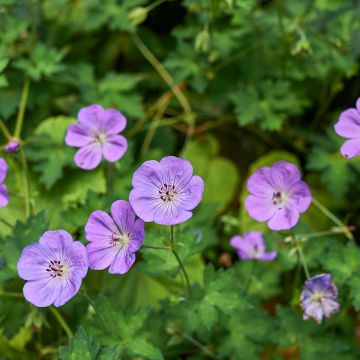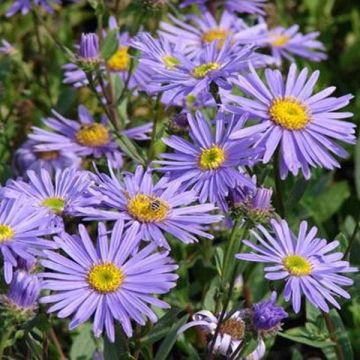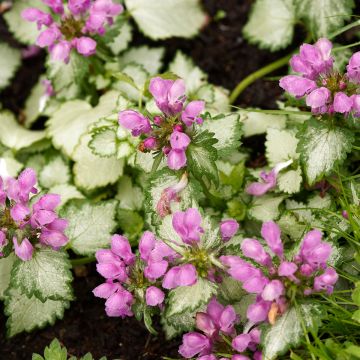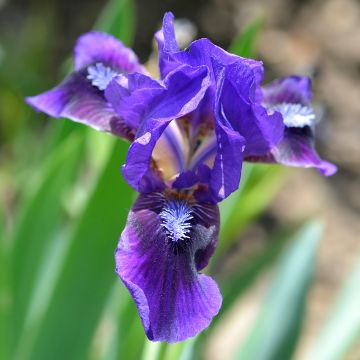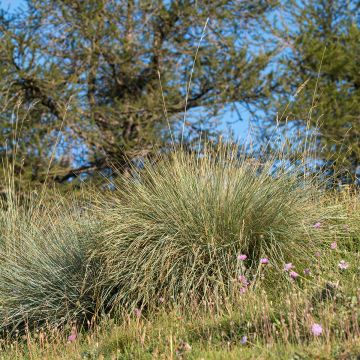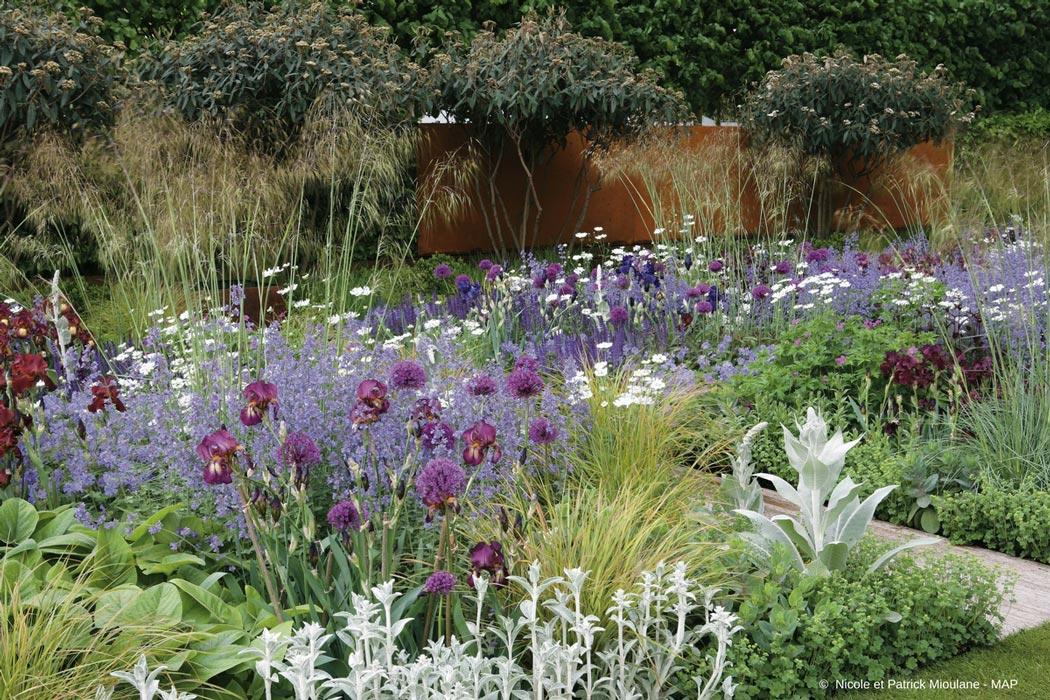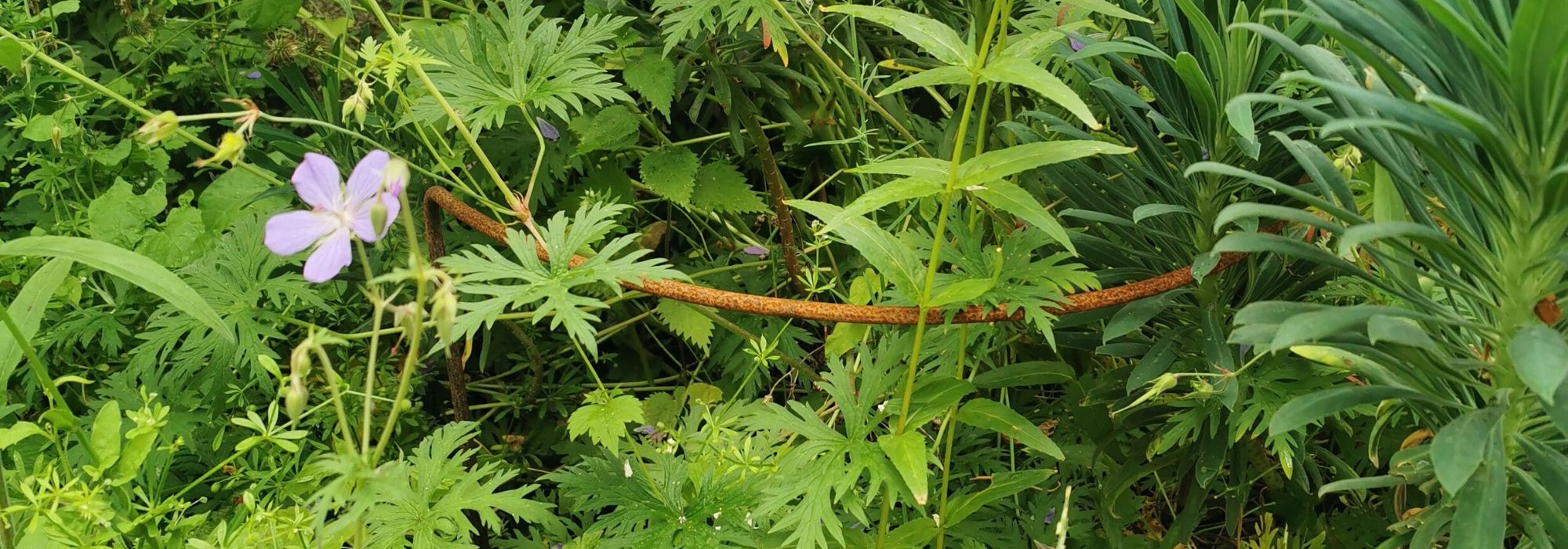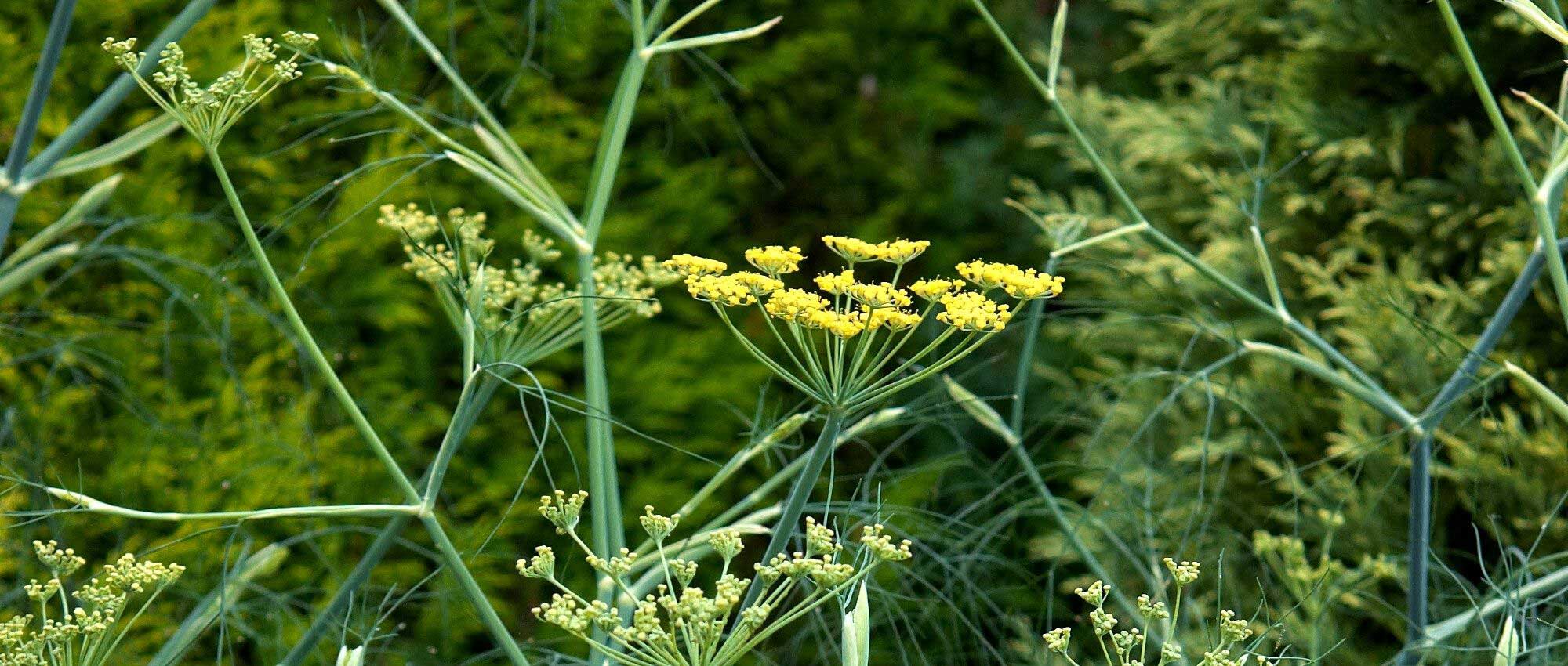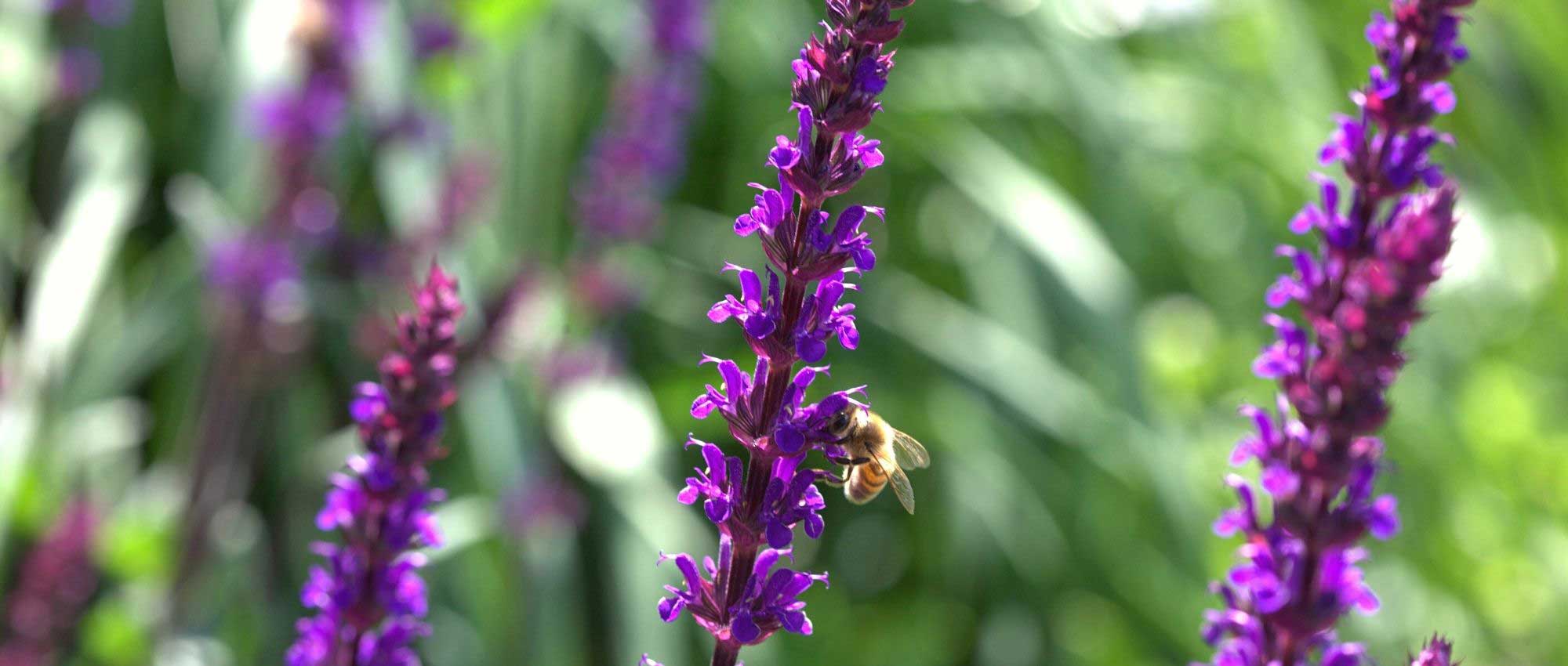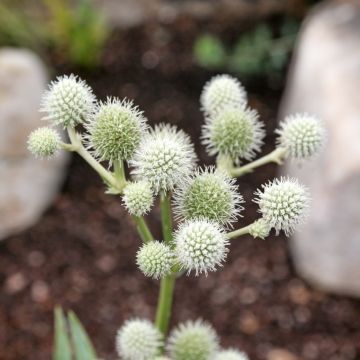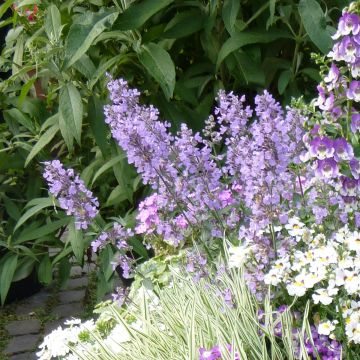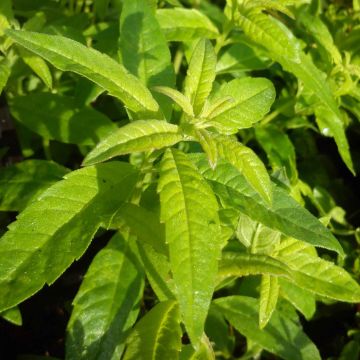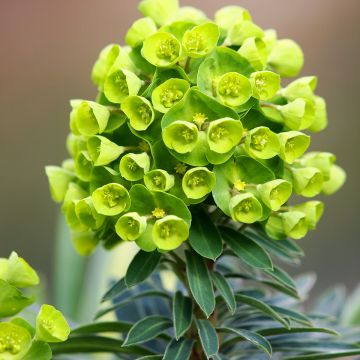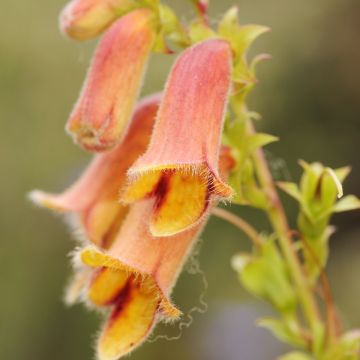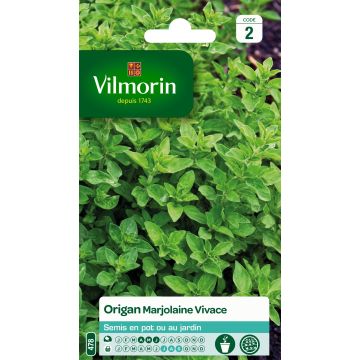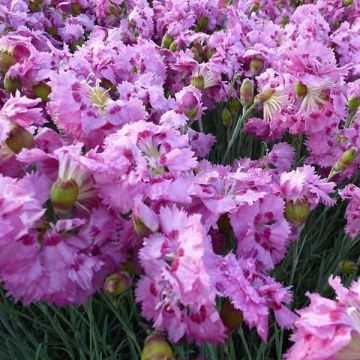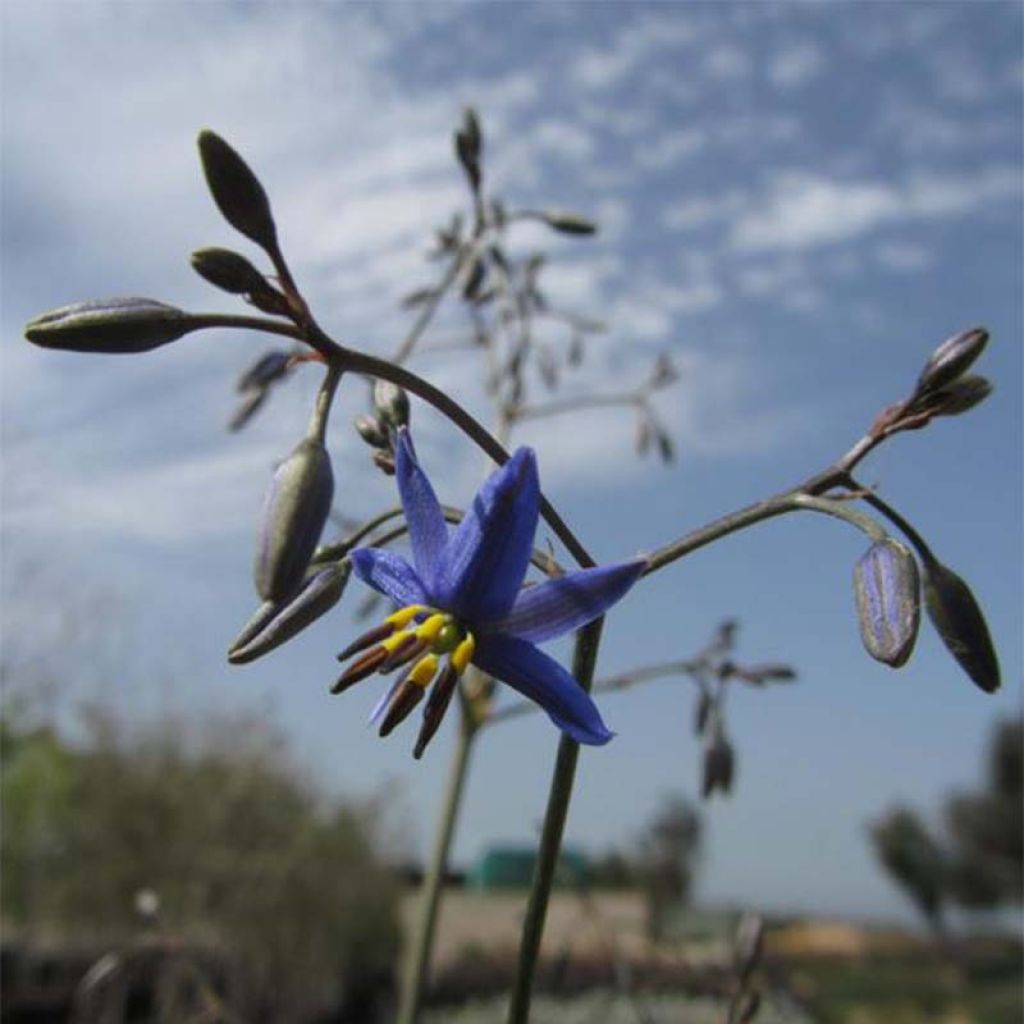

Dianella revoluta Little Rev
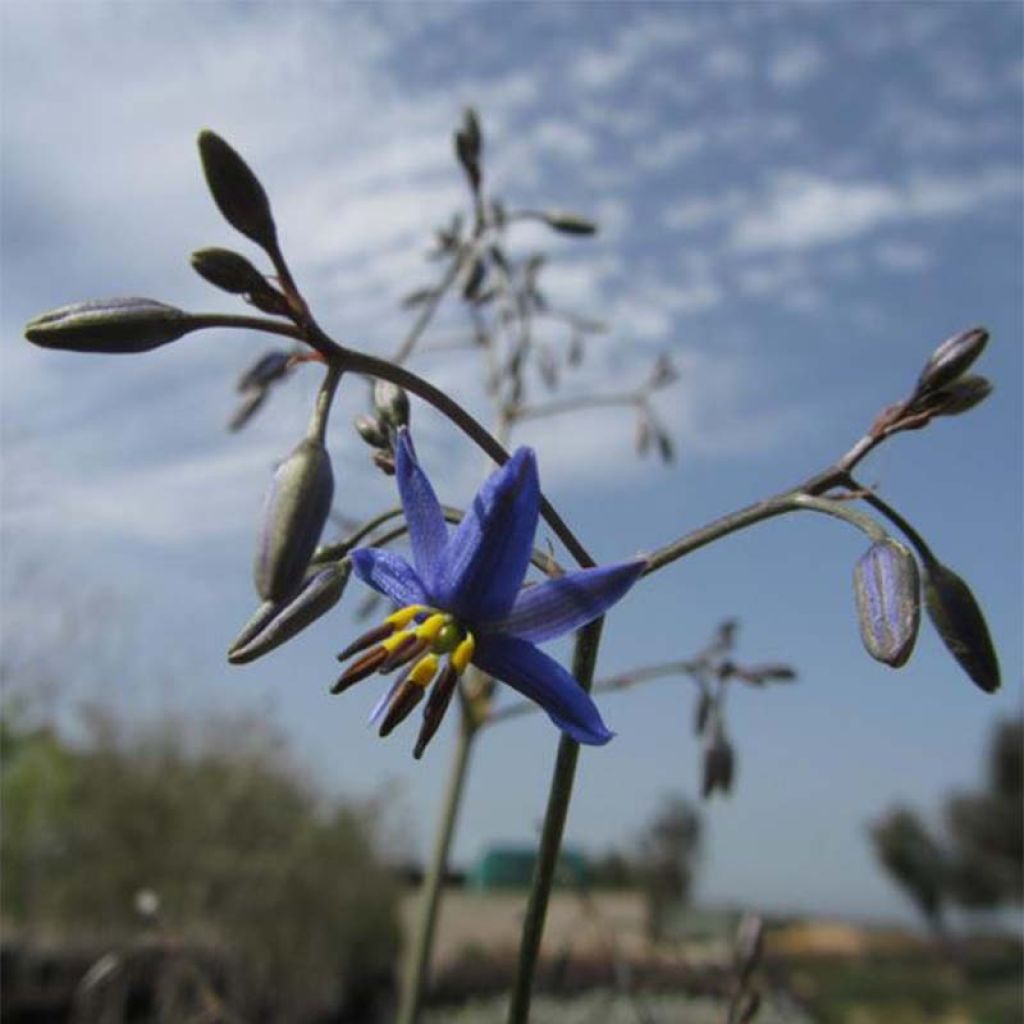

Dianella revoluta Little Rev
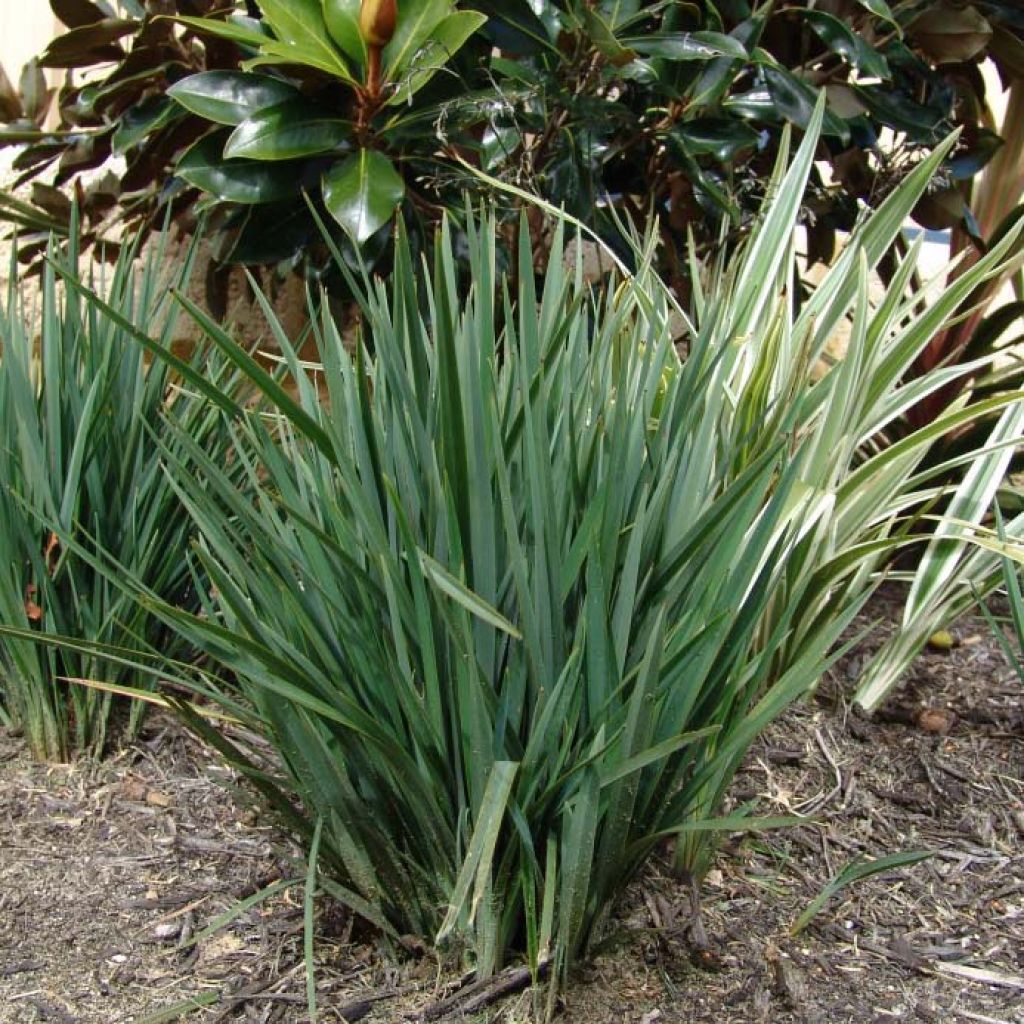

Dianella revoluta Little Rev
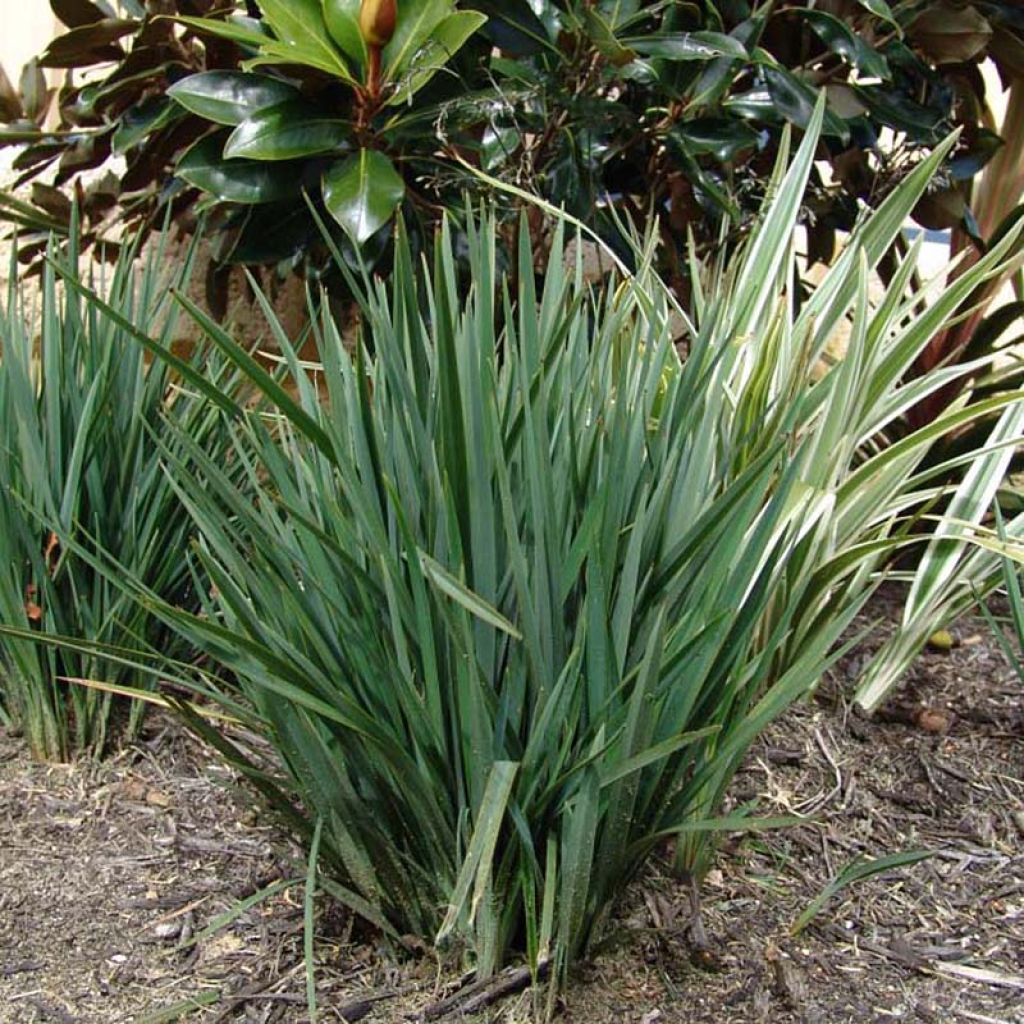

Dianella revoluta Little Rev
Dianella revoluta Little Rev
Dianella revoluta Little Rev
Flax Lily
Special offer!
Receive a €20 voucher for any order over €90 (excluding delivery costs, credit notes, and plastic-free options)!
1- Add your favorite plants to your cart.
2- Once you have reached €90, confirm your order (you can even choose the delivery date!).
3- As soon as your order is shipped, you will receive an email containing your voucher code, valid for 3 months (90 days).
Your voucher is unique and can only be used once, for any order with a minimum value of €20, excluding delivery costs.
Can be combined with other current offers, non-divisible and non-refundable.
Home or relay delivery (depending on size and destination)
Schedule delivery date,
and select date in basket
This plant carries a 12 months recovery warranty
More information
We guarantee the quality of our plants for a full growing cycle, and will replace at our expense any plant that fails to recover under normal climatic and planting conditions.
Does this plant fit my garden?
Set up your Plantfit profile →
Description
Dianella revoluta 'Little Rev' is a sculptural, on-trend Australian perennial plant, related to phormiums but more compact. It forms a very upright tuft of green-grey-blue, remaining evergreen throughout the year, and beautiful miniature lily-like, violet-blue flowers in spring and summer, followed by small berries of the same colour. It is a delightful show in mild climates and will be wonderful in a contemporary, urban, or terrace setting. It is not difficult to grow, but heavy, permanently wet and/or limestone soils should be avoided.
Dianellas are relatively unknown rhizomatous perennials from the Phormiaceae family, just like their cousins the Phormiums. Originating from the southern hemisphere, they have a cold resistance comparable to that of their cousins. Dianella revoluta is native to sparsely forested areas in a vast zone along the entire south coast of Australia: it is an adaptable and robust species, but it thrives only on non-limestone soil, i.e., peaty, sandy, humiferous, or schistous. Its hardiness is around -7°C (19.4°F) at the coldest when mature, for a short period of time, in very well-drained soil. It is very long-lasting, capable of forming large colonies where it is happy and is adapted to dry summers.
'Little Rev' is a cultivar discovered in 1996 in Clarendon, New South Wales, Australia. It stands out from the wild species with its beautiful bluish colour and compact growth, well-suited for gardens and pots. It forms tufts of foliage from underground rhizomes, not exceeding 40 cm (16in) high, slowly spreading over at least 50 cm (20in) on the ground. The long leaves are tough, linear, glabrous, erect, with rolled edges, soft light green on the upper side but between green, grey, and blue on the lower, more visible side. Stiff flowering stems rise from the foliage to 1m (3ft) above the ground, bearing repeatedly branched panicles from May to July opening in succession over a long period. Each 1.5 to 2 cm (1in) diameter flower, is composed of 6 reflexed violet-coloured petals surrounding 6 golden-yellow stamens. After pollination by insects, small round, blue-violet fruits, 0.5 to 1 cm (1in) in diameter containing 3 to 4 seeds are produced and remain decorative on the plant for a long time.
'Little Rev' Dianella will not disappoint as long as it has mild winter temperatures and an acid growing medium, not too rich and properly drained. Conditions that it will find in the ground along a warm coast. In a contemporary-style garden, it can be planted en masse along a pathway, even in partial shade. In a more exotic setting, it will accompany agapanthus, Anigozanthos, bulbines, Tulbalghia, Carex comans Bronze... It is a beautiful plant to adorn the terrace or balcony, in pretty modern containers that can be placed in strategic locations.
Dianella revoluta Little Rev in pictures




Flowering
Foliage
Plant habit
Botanical data
Dianella
revoluta
Little Rev
Phormiaceae
Flax Lily
Cultivar or hybrid
Other Perennials A to Z
View all →Planting and care
Plant Dianella revoluta Little Rev in acid, light, well-drained soil, free of limestone. Once well-established, it tolerates dry summers well and withstands short freezes of approximately -7°C (19.4°F) in winter. If these conditions are met, it is a plant that requires very little maintenance and lives for many years in the garden. Prune to 10 cm (4in) from the ground every 2 or 3 years to encourage the emergence of young, lighter foliage. Growing in pots is entirely possible in a non-limestone and well-draining substrate (a mix of ericaceous soil, compost, sand, and garden soil). Water regularly, preferably with non-limestone water, and provide a balanced fertilizer.
Planting period
Intended location
Care
Planting & care advice
This item has not been reviewed yet - be the first to leave a review about it.
Similar products
Haven't found what you were looking for?
Hardiness is the lowest winter temperature a plant can endure without suffering serious damage or even dying. However, hardiness is affected by location (a sheltered area, such as a patio), protection (winter cover) and soil type (hardiness is improved by well-drained soil).

Photo Sharing Terms & Conditions
In order to encourage gardeners to interact and share their experiences, Promesse de fleurs offers various media enabling content to be uploaded onto its Site - in particular via the ‘Photo sharing’ module.
The User agrees to refrain from:
- Posting any content that is illegal, prejudicial, insulting, racist, inciteful to hatred, revisionist, contrary to public decency, that infringes on privacy or on the privacy rights of third parties, in particular the publicity rights of persons and goods, intellectual property rights, or the right to privacy.
- Submitting content on behalf of a third party;
- Impersonate the identity of a third party and/or publish any personal information about a third party;
In general, the User undertakes to refrain from any unethical behaviour.
All Content (in particular text, comments, files, images, photos, videos, creative works, etc.), which may be subject to property or intellectual property rights, image or other private rights, shall remain the property of the User, subject to the limited rights granted by the terms of the licence granted by Promesse de fleurs as stated below. Users are at liberty to publish or not to publish such Content on the Site, notably via the ‘Photo Sharing’ facility, and accept that this Content shall be made public and freely accessible, notably on the Internet.
Users further acknowledge, undertake to have ,and guarantee that they hold all necessary rights and permissions to publish such material on the Site, in particular with regard to the legislation in force pertaining to any privacy, property, intellectual property, image, or contractual rights, or rights of any other nature. By publishing such Content on the Site, Users acknowledge accepting full liability as publishers of the Content within the meaning of the law, and grant Promesse de fleurs, free of charge, an inclusive, worldwide licence for the said Content for the entire duration of its publication, including all reproduction, representation, up/downloading, displaying, performing, transmission, and storage rights.
Users also grant permission for their name to be linked to the Content and accept that this link may not always be made available.
By engaging in posting material, Users consent to their Content becoming automatically accessible on the Internet, in particular on other sites and/or blogs and/or web pages of the Promesse de fleurs site, including in particular social pages and the Promesse de fleurs catalogue.
Users may secure the removal of entrusted content free of charge by issuing a simple request via our contact form.
The flowering period indicated on our website applies to countries and regions located in USDA zone 8 (France, the United Kingdom, Ireland, the Netherlands, etc.)
It will vary according to where you live:
- In zones 9 to 10 (Italy, Spain, Greece, etc.), flowering will occur about 2 to 4 weeks earlier.
- In zones 6 to 7 (Germany, Poland, Slovenia, and lower mountainous regions), flowering will be delayed by 2 to 3 weeks.
- In zone 5 (Central Europe, Scandinavia), blooming will be delayed by 3 to 5 weeks.
In temperate climates, pruning of spring-flowering shrubs (forsythia, spireas, etc.) should be done just after flowering.
Pruning of summer-flowering shrubs (Indian Lilac, Perovskia, etc.) can be done in winter or spring.
In cold regions as well as with frost-sensitive plants, avoid pruning too early when severe frosts may still occur.
The planting period indicated on our website applies to countries and regions located in USDA zone 8 (France, United Kingdom, Ireland, Netherlands).
It will vary according to where you live:
- In Mediterranean zones (Marseille, Madrid, Milan, etc.), autumn and winter are the best planting periods.
- In continental zones (Strasbourg, Munich, Vienna, etc.), delay planting by 2 to 3 weeks in spring and bring it forward by 2 to 4 weeks in autumn.
- In mountainous regions (the Alps, Pyrenees, Carpathians, etc.), it is best to plant in late spring (May-June) or late summer (August-September).
The harvesting period indicated on our website applies to countries and regions in USDA zone 8 (France, England, Ireland, the Netherlands).
In colder areas (Scandinavia, Poland, Austria...) fruit and vegetable harvests are likely to be delayed by 3-4 weeks.
In warmer areas (Italy, Spain, Greece, etc.), harvesting will probably take place earlier, depending on weather conditions.
The sowing periods indicated on our website apply to countries and regions within USDA Zone 8 (France, UK, Ireland, Netherlands).
In colder areas (Scandinavia, Poland, Austria...), delay any outdoor sowing by 3-4 weeks, or sow under glass.
In warmer climes (Italy, Spain, Greece, etc.), bring outdoor sowing forward by a few weeks.






























